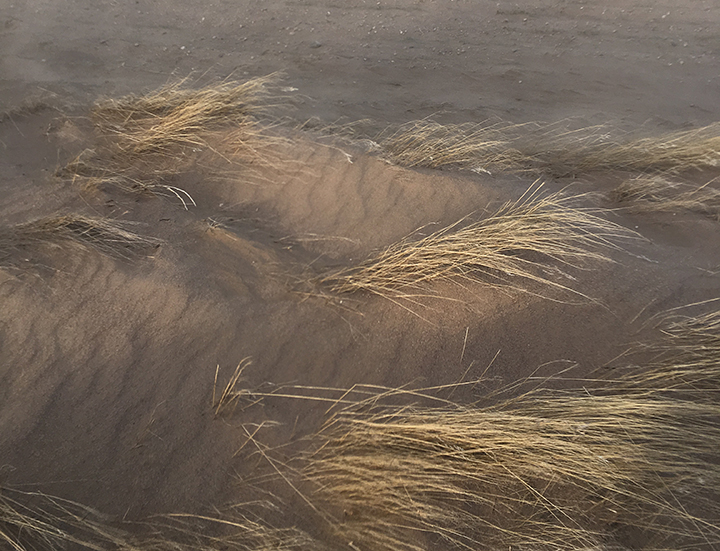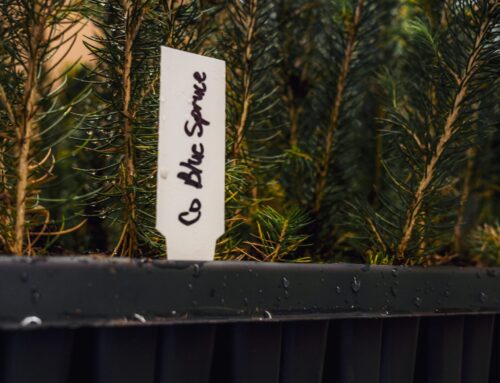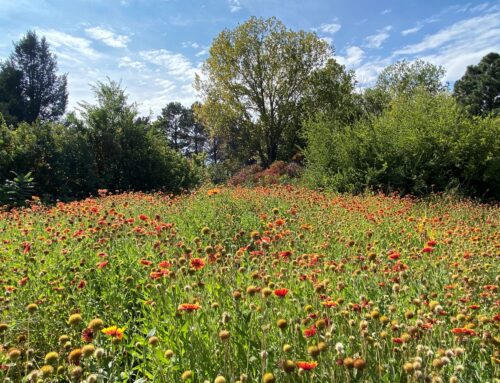By Don Schoderbek and Julie Elliott
As the days get shorter and winter settles in, many ranchers and stockmen in Eastern Colorado are sitting down with pen, paper, and thoughts of the coming year. Winter is a good time for planning. The current agricultural financial outlook is a concern to many producers. There is also the threat of a looming drought.
[box type=’info’ size=” style=’rounded’ border=’full’]Thinking about drought flier (pdf)[/box]
This presents a two-fold challenge to ranchers. Low forage growth on the range can compound existing economic problems. Stockmen want to plan how to best utilize the range to support their operation through dry, tough times. At the same time, they don’t want to extend the drought by hurting their range plants. This is a challenge to say the least.
There will be a free “Thinking About Drought” workshop on January 23rd, 2017, at the Kirk Lions Hall in Kirk, Colorado. The workshop is being supported by Ron Richards and the Yuma County Conservation District. In the morning, we will discuss a variety of topics related to drought on rangelands. Following a beef lunch we will travel to a local ranch, weather permitting.
The ultimate source of income on a ranching operation are the plants. Range plants convert sunlight, CO2, and water into food for livestock. Understanding this relationship is critical to livestock operations. Drought has a major impact on rangeland plant growth. The largest effect is that there are fewer plants and the plants that remain grow less. Don Schoderbek, CSU Extension Range Specialist, will speak about how plants work. He’ll explain why timing of leaf removal is important to and the key element of drought and rangeland survival – plant roots.
Dr. Roy Roath, CSU Extension Range Specialist (retired), has several decades of understanding and experience on Colorado’s rangelands. He will speak about the importance of water management during drought. Water impacts every aspect of livestock production on rangelands – from the soil, through the plant, and into the animal. Good water management can make or break your ranch in drought times. Dr. Roath is very familiar with this complex issue. He’ll explain how moves through the range system and the critical role grazing plays in it.
In the afternoon, the group will travel to a nearby ranch to learn how to evaluate the impact of drought. The key to surviving a drought is balancing forage availability with forage demand by livestock. In a drought, there are fewer plants on the land and the remaining plants are less hearty. Julie Elliott, USDA-NRCS Range Management Specialist, will help us see how this process looks on the land – from the individual plant and roots up to the whole pasture.
If the weather is bad, we will have an indoor work session on writing a drought plan for your ranch. Some of the best conversations and learning happens in these relaxed settings. Coffee and rolls begin at 8:30 a.m. The workshop will run from 9 to 3 local time.
To register, contact the Yuma County Conservation District at 970-332-3173 ext. 3. Or, email Sheila at yccd77@gmail.com by Thursday, January 19. See you in Kirk on January 23rd.





